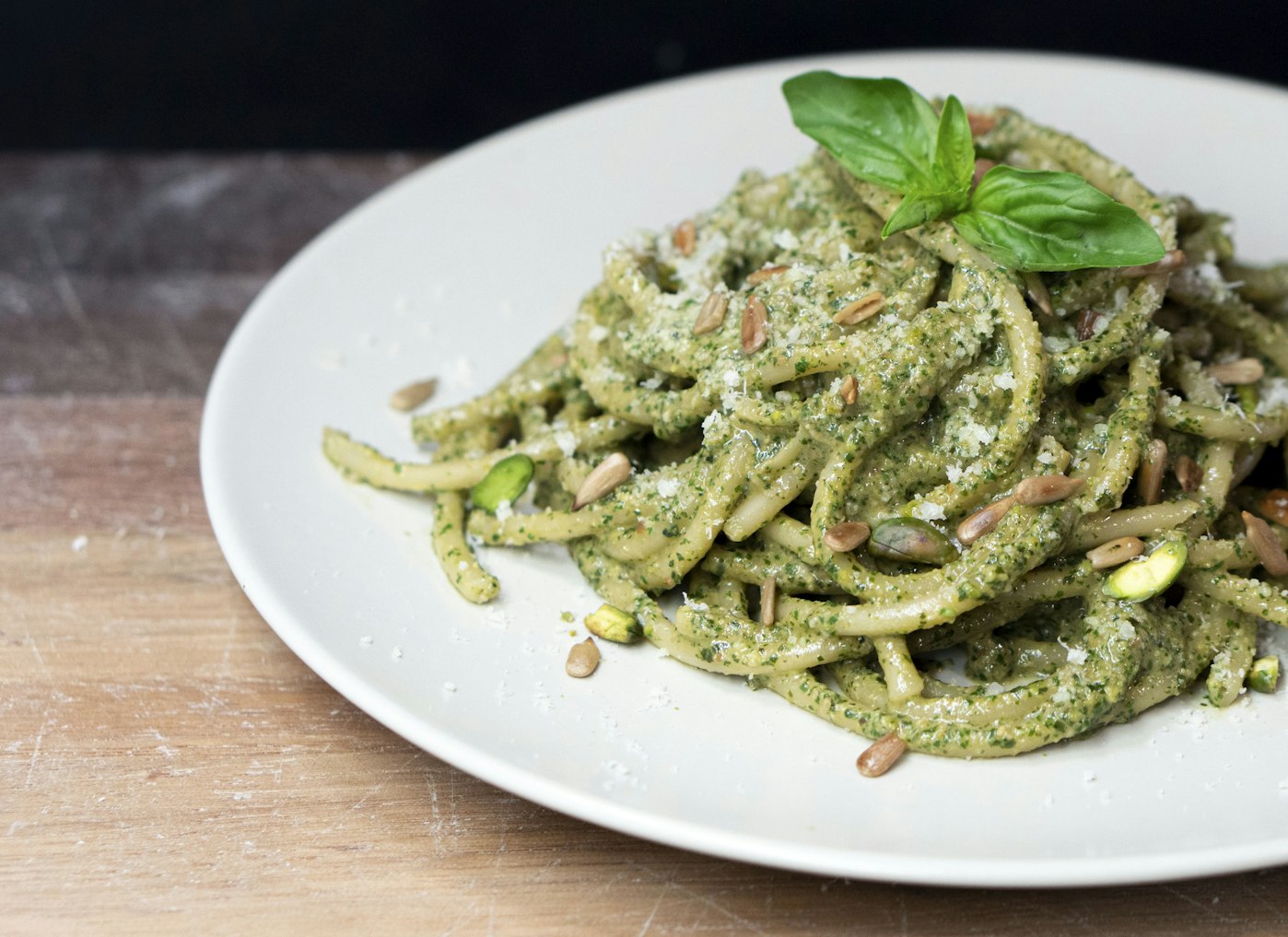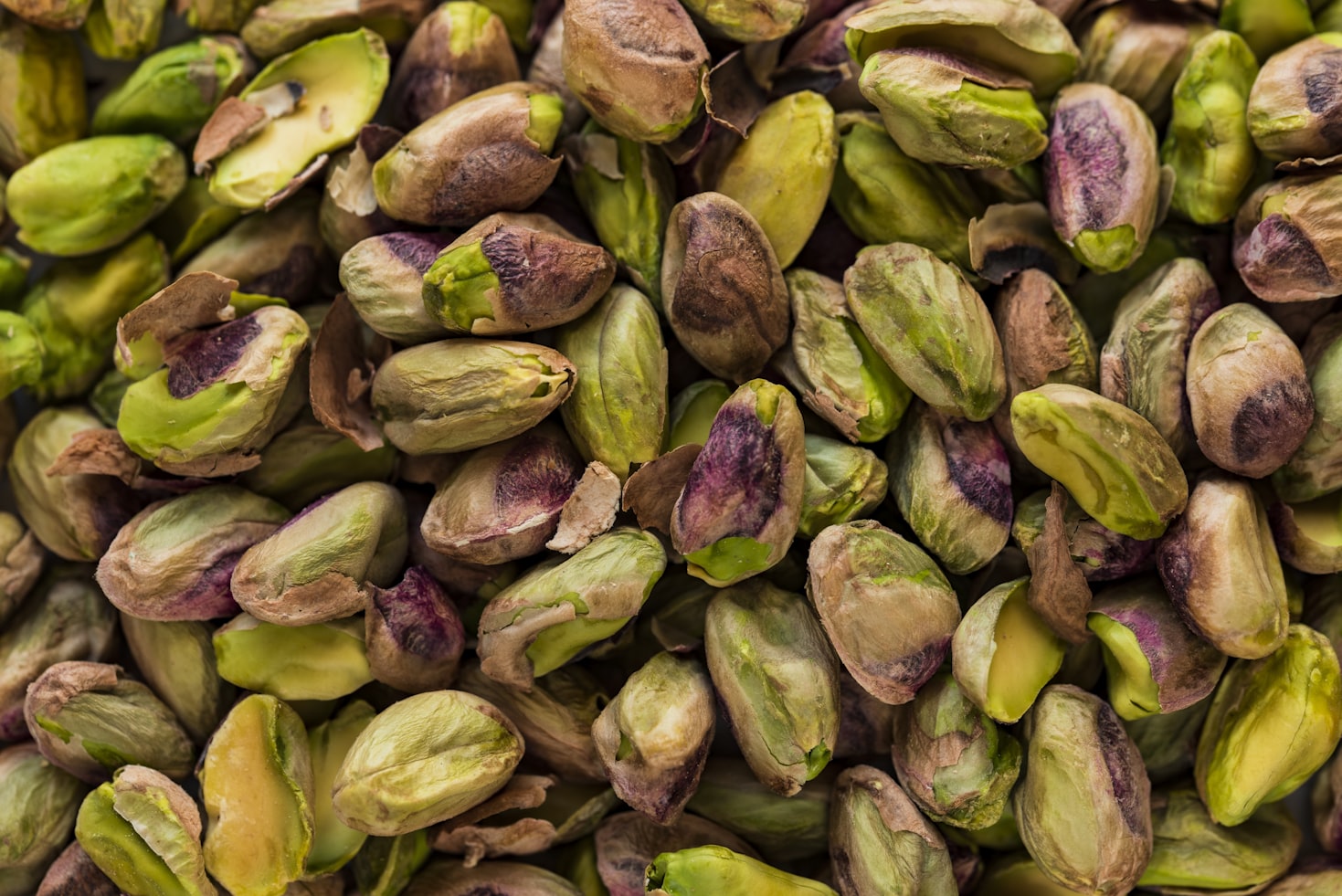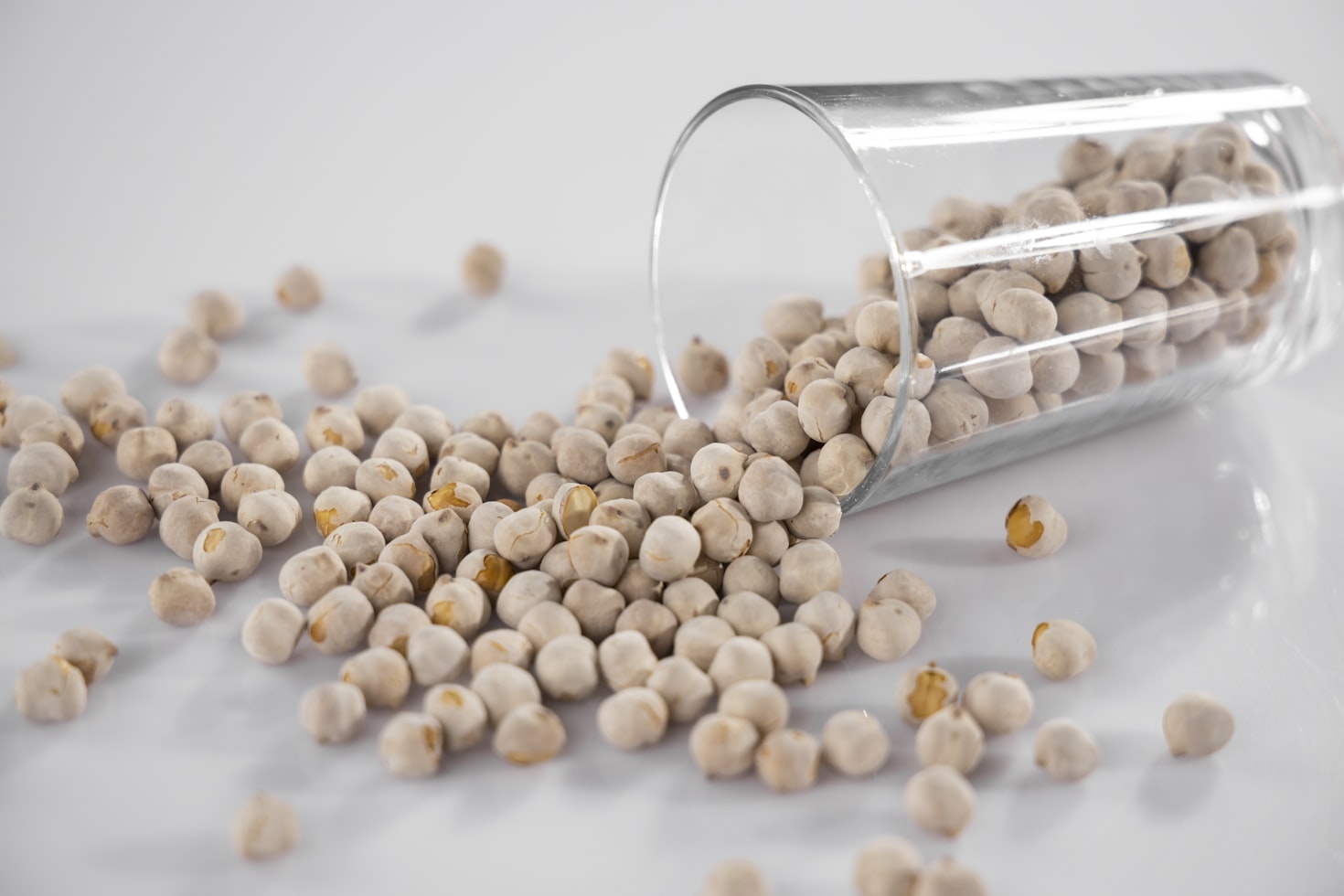Is Pesto Keto Friendly?
When following a ketogenic diet, it’s important to carefully consider the ingredients of the foods you consume. Pesto, a popular Italian sauce made primarily from basil, pine nuts, garlic, Parmesan cheese, and olive oil, is a flavorful addition to many dishes. However, its ingredients may raise questions about its compatibility with a keto lifestyle. In this article, we will explore whether pesto is keto friendly and provide valuable insights to help you make informed dietary choices.
Understanding the Ketogenic Diet
Before delving into the keto-friendliness of pesto, let’s briefly understand the principles of the ketogenic diet. The ketogenic diet is a low-carbohydrate, high-fat diet that aims to shift the body into a state of ketosis. In this metabolic state, the body primarily burns fat for fuel instead of carbohydrates. To achieve and maintain ketosis, individuals typically limit their carbohydrate intake to around 20-50 grams per day, while increasing their fat consumption.
The Ingredients of Pesto
Pesto traditionally consists of several ingredients, some of which may raise concerns for those following a ketogenic diet. Let’s examine the primary components:
- Basil: Basil is a low-carbohydrate herb that adds a fresh and aromatic flavor to pesto. It contains only trace amounts of carbs, making it a suitable ingredient for a keto diet.
- Pine Nuts: Pine nuts are a common ingredient in pesto and provide a rich, nutty taste. While they do contain carbohydrates, the amount used in pesto recipes is typically small, making their impact on overall carb intake minimal.
- Garlic: Garlic is a staple in many cuisines and adds a distinct flavor to pesto. It contains a small amount of carbohydrates, but the quantity used in pesto recipes is generally negligible.
- Parmesan Cheese: Parmesan cheese is a key ingredient in pesto, contributing to its creamy texture and savory taste. While cheese does contain some carbohydrates, Parmesan is relatively low in carbs and can be included in moderate amounts in a keto diet.
- Olive Oil: Olive oil is the primary source of fat in pesto and is highly suitable for a ketogenic diet. It is rich in monounsaturated fats, which are considered heart-healthy and beneficial for maintaining ketosis.
The Carbohydrate Content of Pesto
While the individual ingredients of pesto may contain small amounts of carbohydrates, the overall carbohydrate content of pesto is relatively low. The exact carb count can vary depending on the recipe and serving size, but a typical serving of pesto (around 2 tablespoons) contains approximately 2-3 grams of carbohydrates.
Considering the recommended daily carbohydrate intake on a keto diet is usually limited to 20-50 grams, pesto can be easily incorporated into a ketogenic meal plan without significantly impacting carb consumption.
Alternatives and Modifications
If you are following a strict ketogenic diet or have specific dietary restrictions, there are alternative pesto recipes and modifications you can consider:
- Reduced-Carb Pesto: You can modify traditional pesto recipes to reduce the carbohydrate content. For example, you can use fewer pine nuts or replace them with lower-carb alternatives like almonds or walnuts.
- Vegan Pesto: If you follow a vegan or dairy-free diet, you can make pesto without Parmesan cheese. Instead, you can add nutritional yeast or other vegan cheese substitutes to achieve a similar flavor and texture.
- Avocado Pesto: Avocado can be used as a base for a keto-friendly pesto. Its creamy texture and healthy fats make it an excellent substitute for traditional pesto ingredients.
Frequently Asked Questions (FAQ)
1. Can I eat pesto on a keto diet?
Yes, pesto can be consumed on a keto diet. While it does contain some carbohydrates, the overall carb content is relatively low, allowing it to fit within the recommended daily carb intake.
2. How should I incorporate pesto into my keto meals?
Pesto can be used as a sauce or dressing for various keto-friendly dishes. It pairs well with grilled meats, roasted vegetables, zucchini noodles, or even as a dip for low-carb crackers or vegetables.
3. Are store-bought pesto sauces keto friendly?
Store-bought pesto sauces may vary in their ingredients and nutritional composition. It’s essential to read the labels and choose brands that have minimal added sugars or fillers. Alternatively, making your own pesto at home allows you to have full control over the ingredients and ensure it aligns with your keto goals.
4. Can I freeze pesto for later use?
Yes, pesto can be frozen for later use. Freezing pesto in ice cube trays or small containers allows you to portion it out and conveniently thaw only what you need for a meal.
5. Can I use pesto as a salad dressing?
Absolutely! Pesto can be a delicious and flavorful alternative to traditional salad dressings. It adds a burst of flavor to your greens while providing healthy fats.
6. Are there any potential drawbacks to consuming pesto on a keto diet?
While pesto can be a valuable addition to a keto diet, it’s important to be mindful of portion sizes. Pesto is calorie-dense due to its high fat content, so consuming excessive amounts may hinder weight loss efforts if you are aiming for a calorie deficit.
Summary
Pesto can be considered keto friendly due to its low carbohydrate content and high fat content, primarily from olive oil. The individual ingredients of pesto, such as basil, pine nuts, garlic, and Parmesan cheese, are generally low in carbs and can be enjoyed in moderation on a ketogenic diet. However, it’s essential to be mindful of portion sizes and choose pesto brands or homemade recipes that align with your specific dietary goals. By incorporating pesto into your keto meals, you can add a burst of flavor and enjoy the benefits of healthy fats while staying on track with your ketogenic lifestyle.






